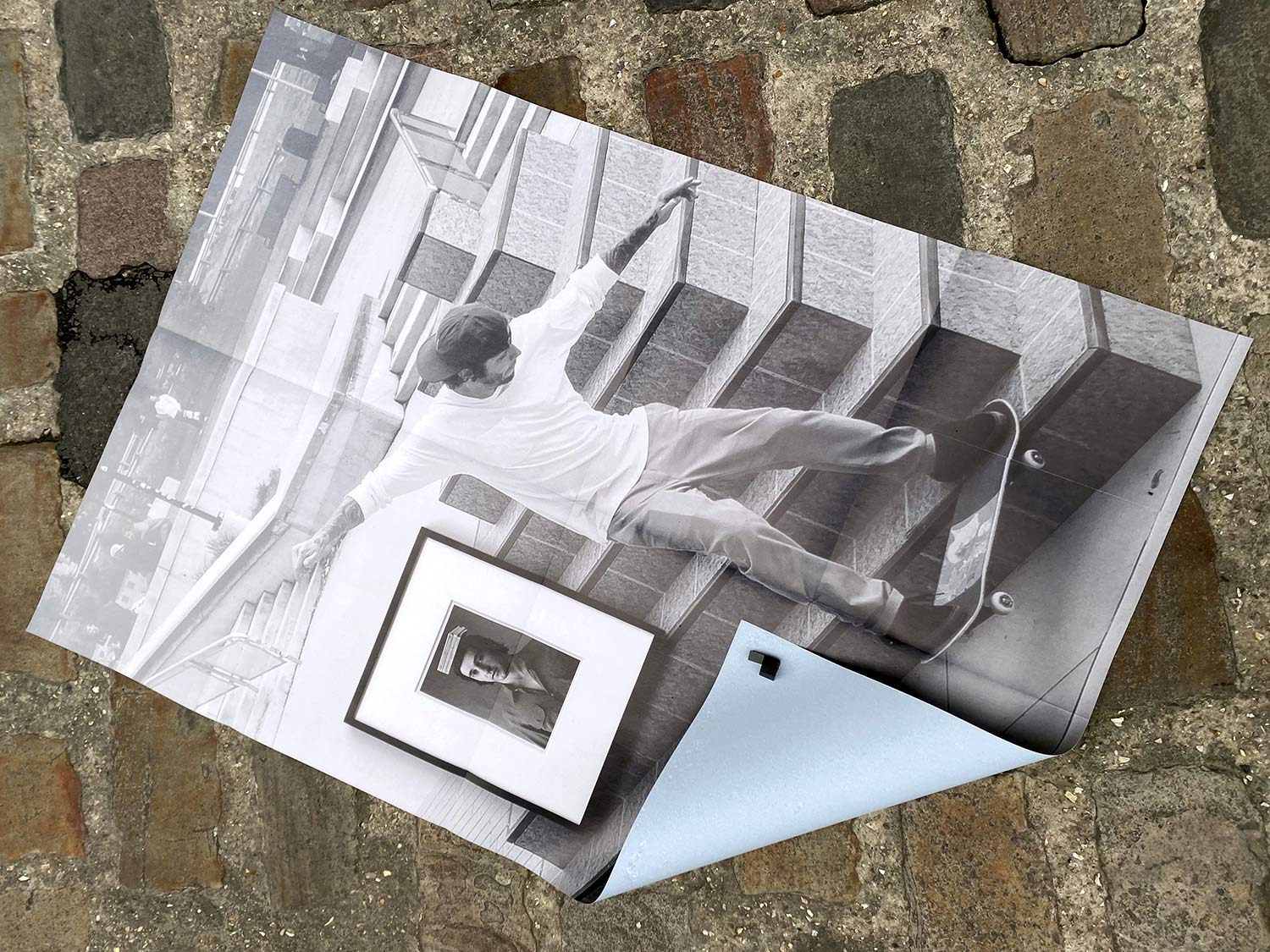Season 1, 1st to 15th issue
Issues 1, 2, 3, 4, 5, 6, 7, 8, 9, 10, 11, 12, 13, 14 & 15
15 × 20 pages and sometimes more
21 × 29,7 cm, CMYK and sometimes more, Saddle stitched binding
Design: Syndicat
2017-2018
Sold out — available on demand
Season 1, 1st to 15th issue
Issues 1, 2, 3, 4, 5, 6, 7, 8, 9, 10, 11, 12, 13, 14 & 15
15 × 20 pages and sometimes more
21 × 29,7 cm, CMYK and sometimes more, Saddle stitched binding
Design: Syndicat
2017-2018
Sold out — available on demand
n°20 — A ski resort: Pierre Faucheux and Les Arcs. From the space to the sign. Author: Catherine Guiral
Author: Catherine Guiral
20 pages, 21 × 29,7 cm, CMYK
4th March 2020
ISBN: 979-10-95991-16-8
ISSN: 2558-2062
Author: Catherine Guiral
20 pages, 21 × 29,7 cm, CMYK
4th March 2020
ISBN: 979-10-95991-16-8
ISSN: 2558-2062
Known as “the man of a hundred million covers” and for being a major actor in the history of French Graphic Design during the Trente Glorieuses, the three decades of flourishing economic and cultural activity in France following World War II, Pierre Faucheux also had a rich activity as an architect. At the end of the 1960s, Charlotte Perriand invited him to become involved in the adventure of constructing the winter sports resort called Les Arcs. “The construction of a fantasy” designed by engineer Roger Godino, Les Arcs, a different type of Savoyard resort, would find itself embodied in a particular sign, which expresses the different instincts that Faucheux had for both the space and its transformation.
n°28 — The conference: a format. Authors: Manon Bruet, Area of Work
Author: Manon Bruet
3D: Area Of Work
28 pages, 21 × 29,7 cm, CMYK
13th January 2021
ISBN: 979-10-95991-18-2
ISSN: 2558-2062
Author: Manon Bruet
3D: Area Of Work
28 pages, 21 × 29,7 cm, CMYK
13th January 2021
ISBN: 979-10-95991-18-2
ISSN: 2558-2062
There are an increasing number of spaces in the field of Graphic Design where work can be promoted. Intermediary platforms between practitioners and the public can come in the form of specific tools (Instagram, for example) or even events that are organized for that purpose (festivals and exhibitions). The conference is one of these platforms. A true ephemeral editorial object, it is highly suited to the explanation and extension of the practices and methodologies of designers. It is, for certain designers, the opportunity to take stock of an approach, an inventory of finished forms, and for others, on the contrary, a pretext for the production of new, sometimes more performative, even experimental forms.
n°25 — Exhibition views? Jonathan Monk. Author: Remi Parcollet
Author: Remi Parcollet
20 pages, 21 × 29,7 cm, CMYK
24th October 2020
ISBN: 979-10-95991-17-5
ISSN: 2558-2062
Author: Remi Parcollet
20 pages, 21 × 29,7 cm, CMYK
24th October 2020
ISBN: 979-10-95991-17-5
ISSN: 2558-2062
Photographs of works of art in an exhibition or studio setting, enlarged to the size of the wall, have become an essential and increasingly systematic element of contemporary museography. The institutional curator accompanied by his or her set designer, and the independent curator, both use them as much to recontextualize works as for their aesthetic qualities as documentary images that have become immersive and reflexive.
The obviously richer relationship that artists have with these unique images reveals in various ways what is currently at stake in the act of exhibiting.
To create a kind of retrospective of his work, in 2016 Johnathan Monk debuted a series of exhibitions entitled Exhibit Model*, which consisted of covering the walls of the exhibition space with archive photographs that documented his work in different contexts over the last 20 years. Marie J. Jean considers these staged exhibition views as a form of augmented reality: “This manner of considering the exhibition, in other words, of exhibiting the work along with the context of its appearance, reminds us that the work of art “is a place”, “establishes a place”, is “a has taken place**”.
However for Johnathan Monk, who often uses the work of other artists, isn’t it simply a way in which to appropriate his own work?”

Jonathan Monk, «Exhibit Model Four», 2019 Kindl, Berlin. Photographie: Jens Ziehe. A1 format poster printed in CMYK on blue back paper